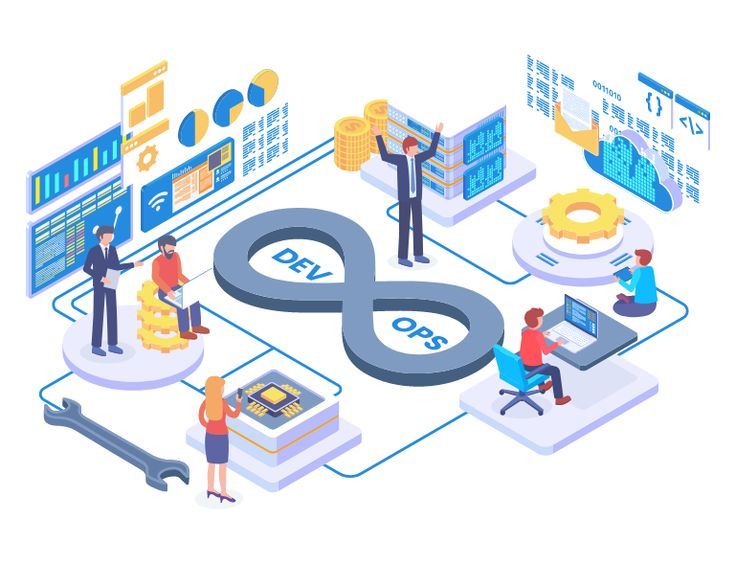Imagine trying to catch butterflies in a garden where no two butterflies follow the exact flight path. Sometimes they dart upward, sometimes sideways, and occasionally vanish into the wind. This is what working with non-deterministic systems feels like: no matter how carefully you prepare, the outcome may change from one moment to the next.
Testing such systems is less about enforcing rigid order and more about learning to dance with unpredictability. This delicate balance is what makes non-deterministic testing both challenging and fascinating.
The Nature of Uncertainty in Systems
In traditional environments, testing is like inspecting a factory assembly line: predictable, measurable, and repeatable. But in modern architectures—think of distributed cloud systems, AI algorithms, or parallel computations—the outputs don’t always march in neat rows.
A request processed today may not look the same tomorrow, even with identical inputs. These systems resemble rivers that carve new paths after every storm, creating unique patterns each time. Learners who join Software Testing Classes in Chennai often encounter these unpredictable scenarios, where mastering uncertainty becomes just as important as detecting errors.
Why Traditional Approaches Fall Short
Conventional test scripts thrive on certainty. They expect “input A” to always produce “output B.” Non-deterministic systems, however, are mischievous tricksters. One run may yield “B,” another might produce “C,” and yet another might present both outcomes in sequence.
Relying on rigid, pass-fail conditions in such cases is like using a stopwatch to measure the speed of a breeze—it misses the essence of what’s happening. Instead, testers must design flexible oracles, acceptance ranges, and probabilistic models that evaluate patterns of behaviour rather than exact matches.
Embracing Probabilistic Thinking
Testing unpredictability requires a shift in mindset. Think of it as weather forecasting: no meteorologist promises sunshine with absolute certainty, but they provide probabilities that guide your decisions. In non-deterministic testing, engineers seek statistical confidence rather than binary answers.
For instance, when testing machine learning models, you don’t expect every prediction to be perfect, but you measure accuracy across thousands of cases. Students who attend Software Testing Classes in Chennai learn to frame success criteria not as absolutes but as ranges—embracing the idea that 95% reliability may be the realistic gold standard.
Tools and Techniques for Chaos
How does one tame this wild garden of unpredictability? The key lies in using tools that embrace randomness rather than fear it. Chaos testing frameworks, fuzzing techniques, and simulation environments are invaluable allies.
Imagine tossing countless puzzle pieces into the air to see which ones land together naturally; over time, patterns emerge that help you identify both strengths and weaknesses in the system. By layering monitoring tools, log analysis, and distributed tracing, testers construct a safety net that captures anomalies without stifling the system’s natural variability.
Human Creativity Meets Machine Uncertainty
At its heart, non-deterministic testing is a story about human adaptability. Engineers must learn to let go of the illusion of perfect control and instead cultivate a sense of curiosity. Each unpredictable result isn’t just noise—it’s a clue about the system’s inner dynamics.
Teams that thrive in this space are those who view variability not as failure but as a teacher whispering hidden truths. In practice, this demands collaboration between testers, developers, and operations teams, all aligned to interpret the unpredictable symphony of modern software.
Conclusion
Non-deterministic testing forces us to rethink the way we measure success in software quality. Instead of expecting flawless predictability, it challenges us to find meaning in patterns, probabilities, and behaviours that shift with every execution. It’s like learning to read the tides: you can’t command the ocean, but you can anticipate its rhythms and navigate accordingly.
For organisations and testers alike, embracing unpredictability doesn’t mean giving up on reliability; it means building resilience where certainty is impossible. Ultimately, mastering non-deterministic testing is less about taming chaos and more about learning to thrive within it.


